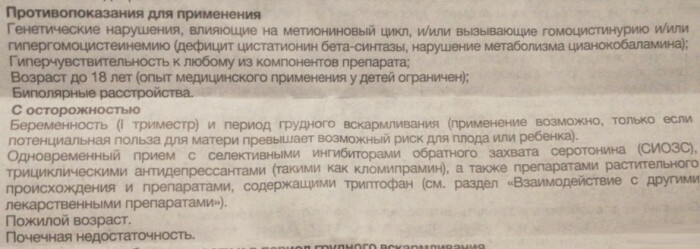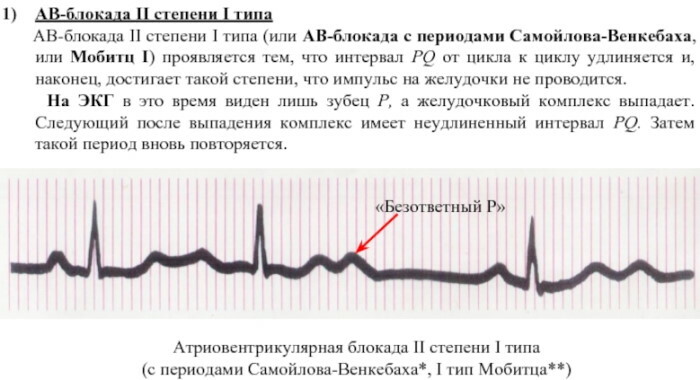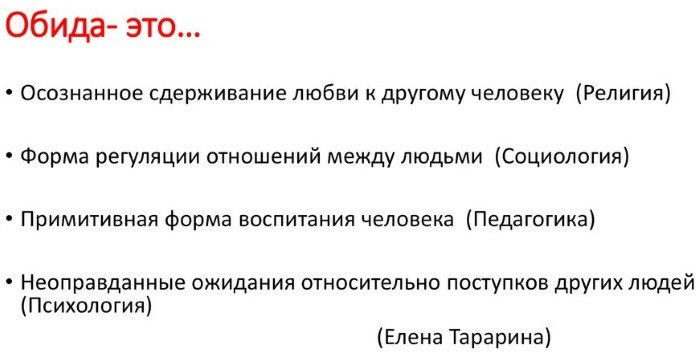In 50% of people this bag is between the tendons of muscles (gastrocnemius and semimembranosus), it is It communicates with the knee joint via the small holes and is one of normal joint development. In the event that takes place long inflammation in the knee joint, the fluid that formed as a result, and accumulates in the mezhsuhozhilnoy bag acquires the name of the disease.

What it is?
Bekker's cyst - a benign formation on the inner side of the knee, provoked by an inflammatory process in it. Physically cyst is a swelling in the area of the knee. On the back of the knee in people is the so-called mezhsuhozhilnaya "bag". When inflammation, the knee accumulates fluid that may leak "bag" in this, thus increasing it in size.
Causes of
Bekker's cyst behind the knee develops in the bag, which is adjacent to the tendons, gastrocnemius and semimembranosus muscle. In the process accumulates dense elastic mass that is normally fills the joint cavity. If for any reason the liquid penetrates into the tendon, the result is a cyst.
In normal synovial fluid provides lubrication and reduced friction joints, so her problems cause pain and other complications. Bag, which is able to develop the disease, there is a statistically half of all people, it is normal. However, in certain circumstances, the liquid is collected in it, which then can not get back into the joint.
Most often the disease develops due to the exchange-degenerative or inflammatory processes that occur in the knee joint. Bekker's cyst cause diseases such as osteoarthritis, osteoarthritis, rheumatoid arthritis, but other options are possible.
The main reasons for the development of cysts Becker:
- Excessive exercise.
- Pathological changes in the menisci.
- Inflammatory processes in the knee joint.
- Mechanical damage to the knee.
- Problems with cartilage, and their gradual destruction.
No matter what the reason for the launch of the pathological process, because this will enhanced production of the synovial fluid that fills the bag tendon, because of what is formed and cyst.
Classification
Modern medicine has several types of cysts developing and localized in areas of knee joint:
- Parameniskovoe tumor is diagnosed if there is proliferation of cysts on the ligaments, prikapsulyarny site, while its size is quite large.
- A neoplasm is benign nature ganglievaya cyst knee joint, which is a swelling with a rounded form ducts in the middle. It connects to the joint capsule cysts, tendon sheaths.
- When the new formation of the medial meniscus there is pain, localized on the inner portion of the joint, aggravated by bending limbs.
- Another multiple benign neoplasm - subchondral cyst consisting of fibrous tissue, which are filled with silicone or myxoid contents. The development of disease is accompanied by degenerative cartilage changes.
- When synovial cyst formation occurs hernia or transformation articular synovial membrane.
We should also consider the Baker cyst and its treatment as a traditional and popular. Neoplasm has a second, rarer name spondylitis cysts. It is caused by a variety of degenerative processes, presenting an inflammation of the joint cavity with the development of tumors with liquid contents. Localized tumor in the popliteal fossa, and has clear outline clearly detectable, especially standing out in extension of the knee. pathology formation occurs regardless of the age group and sex, usually a single joint disease.

Signs and photos
In the initial stage cyst Becker no way not manifest itself (see. Photo). As soon as the volume of the bag start to increase due to the assembled inflammatory fluid, starting with straightening the limb problems. On palpation there is a chance to observe the formation below the knees, which is characterized by density and tenderness.
Inflammatory processes contribute to accumulation of fluid in the joint cavity substance that penetrates through the holes in mezhsuhozhilnoy bag. This leads to an increase in the size of the latter, which imposes restrictions on the movement of the joints. Cyst increases with each passing day, what prevents implement extension limbs. This event is accompanied by the presence of pain. After that, even in the rest condition of the patient may torment of pain and numbness.
For a correct diagnosis is not used X-rays due to its non-informative in this situation. To clarify the diagnosis using ultrasound and the results of magnetic resonance imaging. Do not underestimate the benefit of arthroscopy, allowing to explore joint videotehnicheskim device.
Diagnostics
Reveal the presence of tumors and assign accurate diagnosis allows the following survey methods:
- MRI - allows us to consider the popliteal joint and structure of tissues from all sides. The most appropriate method to detect the disease even at an early, asymptomatic stage;
- US knee and adjacent regions;
- Arthroscopy - closed (minimally invasive) operation. In the survey made an incision through which introduces microchamber.
Unsuitable method of examination is the X-ray as well as how to use it is impossible to identify a cyst Becker.
Effects
Hernia popliteal fossa without timely treatment is able to lead to complications, including:
- Due to the kinked cyst can develop lower leg veins and other complications: thrombosis - blood clots in cavity veins, phlebitis - inflammation of the walls of the veins (causing severe pain, body temperature rise, color change of course).
- Violation of the venous outflow from the tissues of the foot and lower leg. Finiteness begins to swell, its color changed to violet. If a venous stasis there is a fairly long period of time, the color of the limb may change to brown, and the skin may appear trophic ulcers - skin damage from constantly weeping surface, which is very hard and long treated.
- Circulatory disorders of the muscles, tendons and even bones due to compression of space-occupying lesions. This can not only lead to constant pain in extremity (including the foot), but also to necrosis of muscle, and even osteomyelitis - a very severe inflammation that affects the tibia bone. Osteomyelitis, in turn, can lead to sepsis - blood poisoning;
- Risk of thrombosis and thrombophlebitis that the clot will not always be in the same place. He can "come off" from the vein wall (this is called a thromboembolism) and the bloodstream to get into vital organs, causing, at least, ischemia of the small area of the body. The most dangerous consequence of thromboembolism may be blockage of major branches of the pulmonary artery that quickly leads to death.
How to treat a cyst Becker?
Treatment of cysts is carried Becker and conservative, and operational methods. Selection in favor of a particular method is dependent on the following factors:
- The patient's age;
- Presence of comorbidities;
- Size cystic formation;
- The duration of the existence of cysts;
- The presence or absence of signs of compression of adjacent anatomical structures.
Conservative method includes two stages. At the first stage puncture cysts and evacuation of the contents of its cavity. The second stage shows the introduction of corticosteroids inside cystic formation. These hormones have the following therapeutic effects:
- Eliminate the inflammatory response;
- Reduce the severity of the pain and help restore function of the knee joint;
- Promote the formation of adhesions, leading to obliteration (imperforate) cystic cavity;
- Prevent relapse.
These hormones are practically not absorbed into the systemic circulation - they exert their effects locally. Therefore, virtually no contraindications for its use. In this connection, it can be used even in patients who suffer from diseases such as:
- Arterial hypertension;
- Diabetes;
- Congenital and acquired immunodeficiencies and others.
But still there are some contra-contra-indications:
- Bone fracture, located inside the joint;
- Bacterial or viral skin lesions at the injection site;
- Prior plastic surgery on the joint;
- Poor blood clotting, in which increases the risk of bleeding into the joint cavity;
- Significant bone osteoporosis participating in joint education;
- Intra-articular bone necrosis departments.
operative therapy
Indications for performing a surgical operation can become such cases:
- large size cysts, leading to compression of nerves blood vessels, soft tissue and bone;
- long-term existence of the cyst;
- ineffectiveness of conservative therapy;
- limiting knee function.
The intervention is performed under local anesthesia. Above cyst small skin incision is carried out, the formation of separated, and the junction tendinous bag with sewn knee joint and ligated. After that the cyst removal Becker and wound closure.
The operation lasts about 30 minutes and is not complicated. After completion during the day the patient is in the hospital, and then can be discharged. After 5 days, the doctor may allow minor load on the knee joint. Suture removal is carried out after 7 days. The development of modern medicine makes it possible to perform surgery to remove the cyst Becker using the arthroscope. Such minimally invasive interventions allow patients to recover more quickly.
Cyst Becker may occur unnoticed for a long time or deliver a minor discomfort to the patient. However, it is able to provoke a large amount of the development of many serious and dangerous complications. That is why this disease requires mandatory treatment by a specialist.

prevention
Prevention Becker cyst is as follows:
- Treatment of knee joint diseases.
- Careful when you exercise, the protection of the knees from injury by using protectors.
- Periodic courses of chondroprotectors, especially after 40 years, which is aimed at the preservation of the cartilage tissue.
- Removal of infections present in the body.
Upon detection of pain and discomfort in the knee area do not hesitate to visit a doctor - is the key to successful treatment and the absence of dangerous complications.



